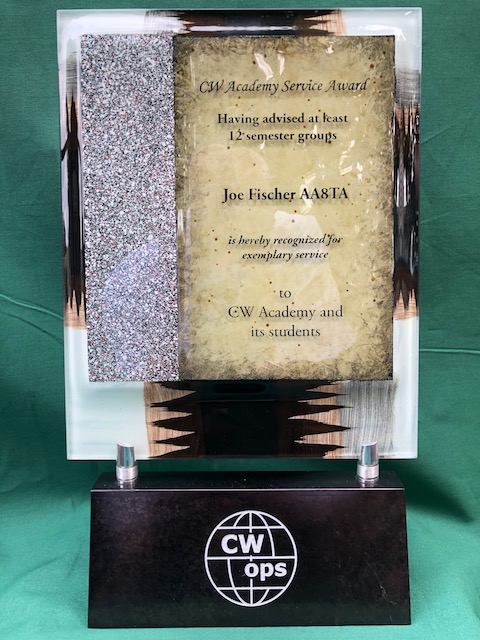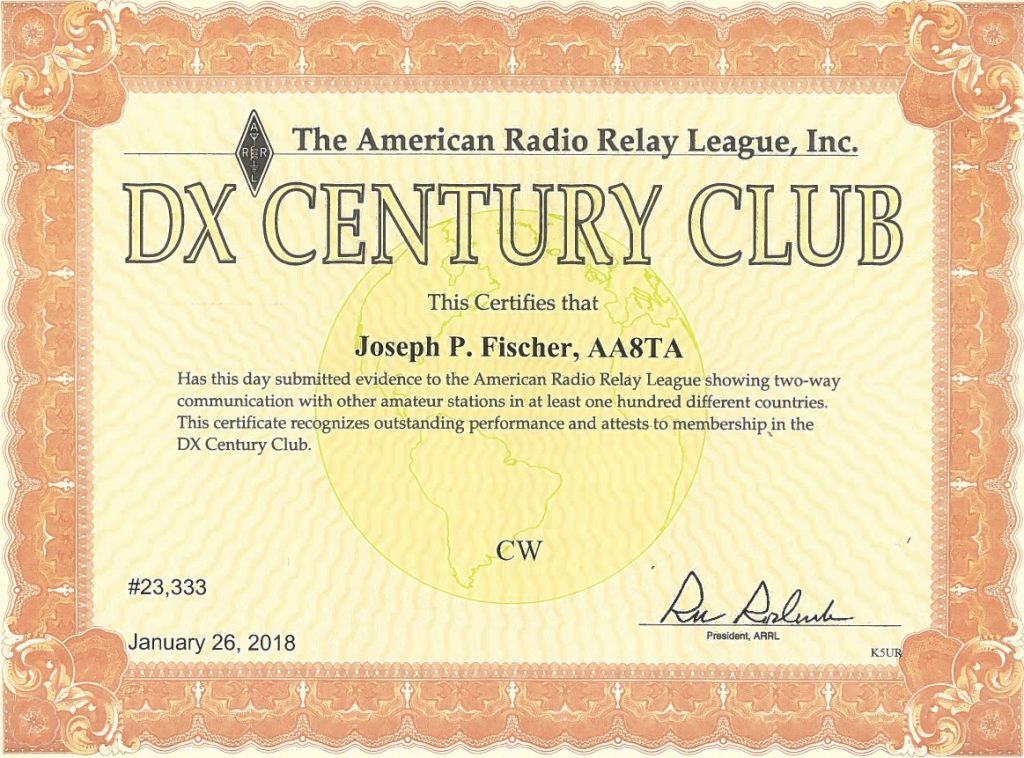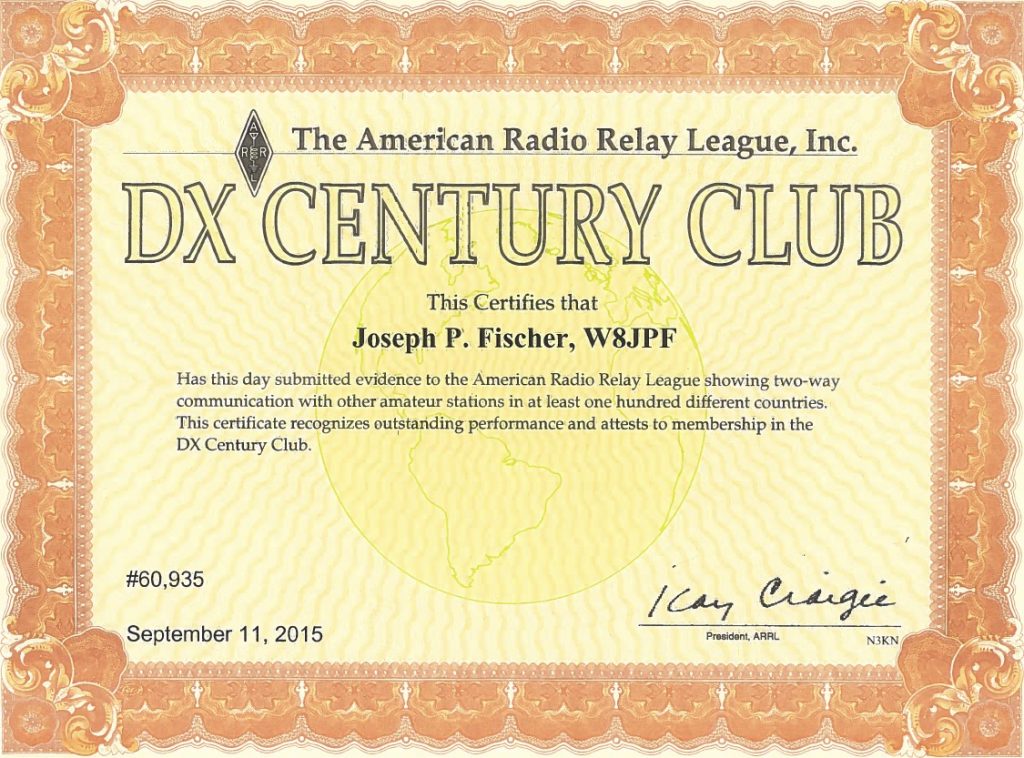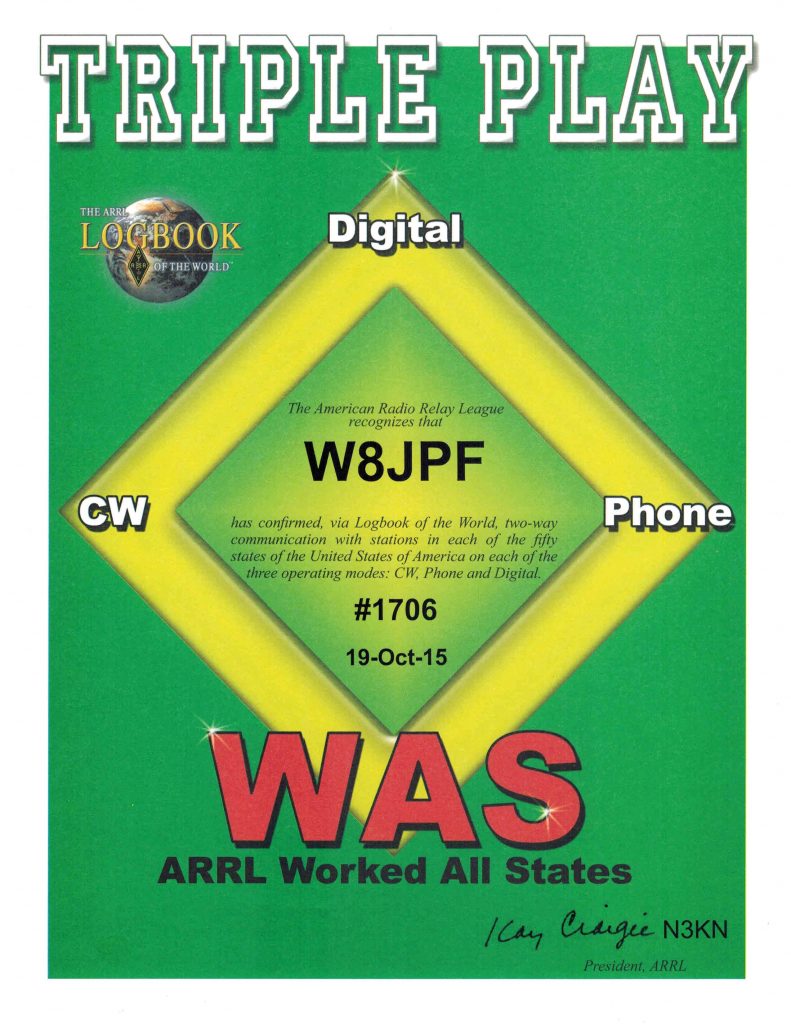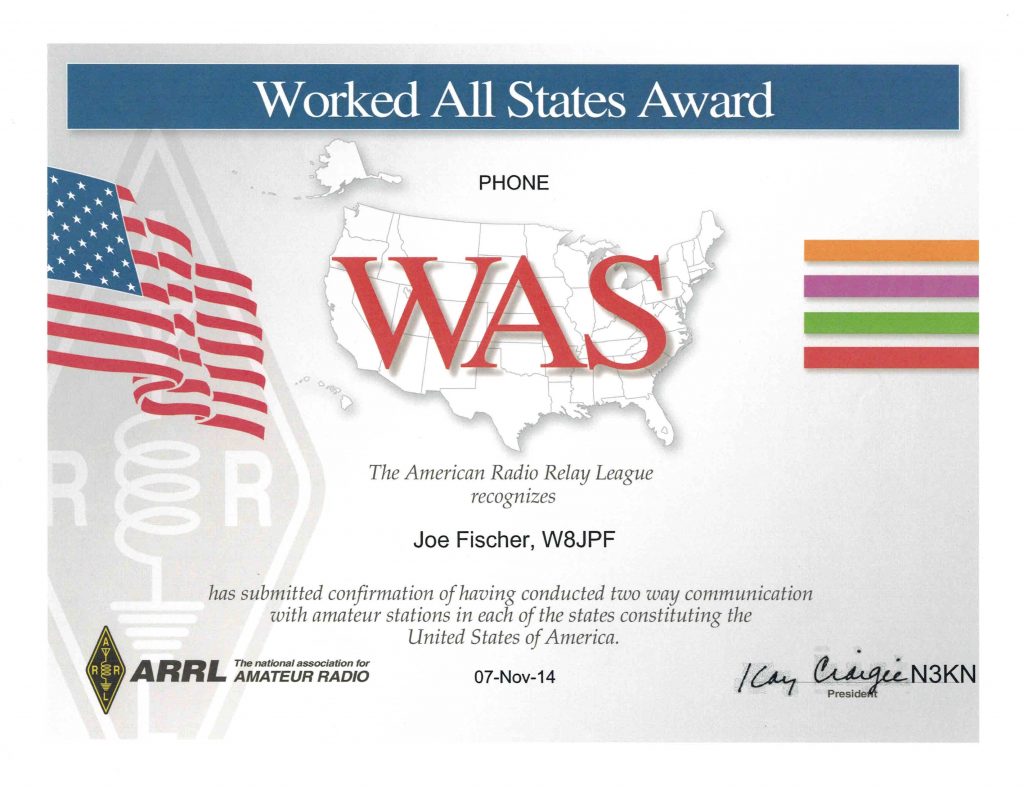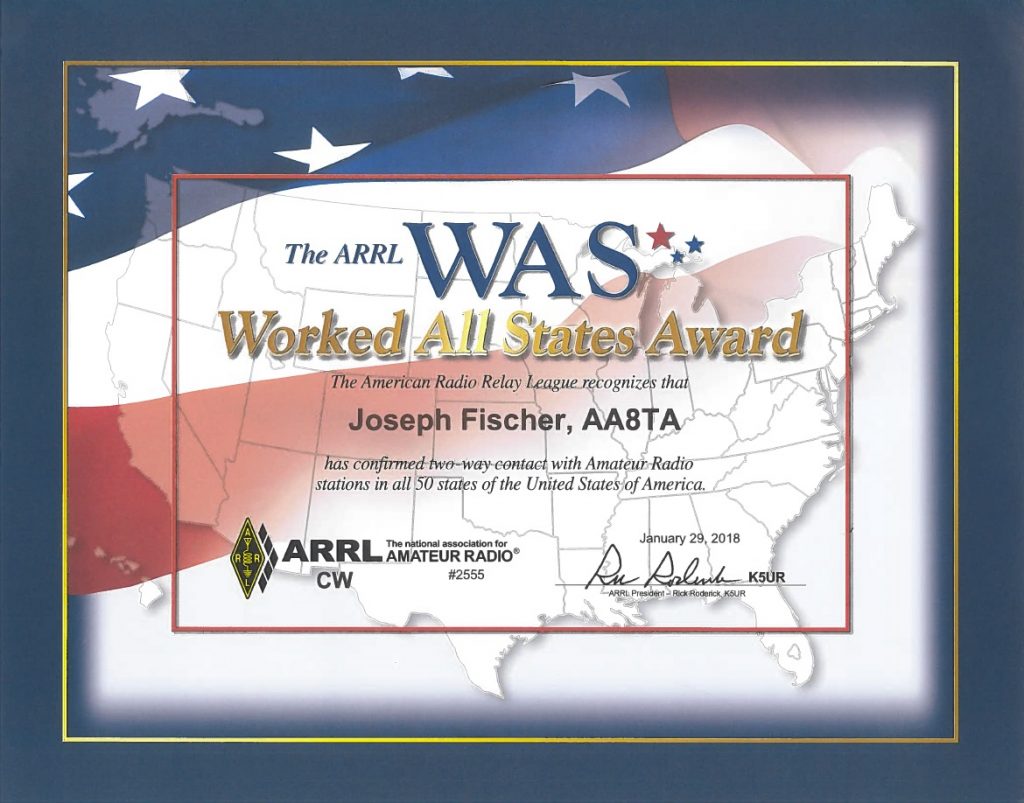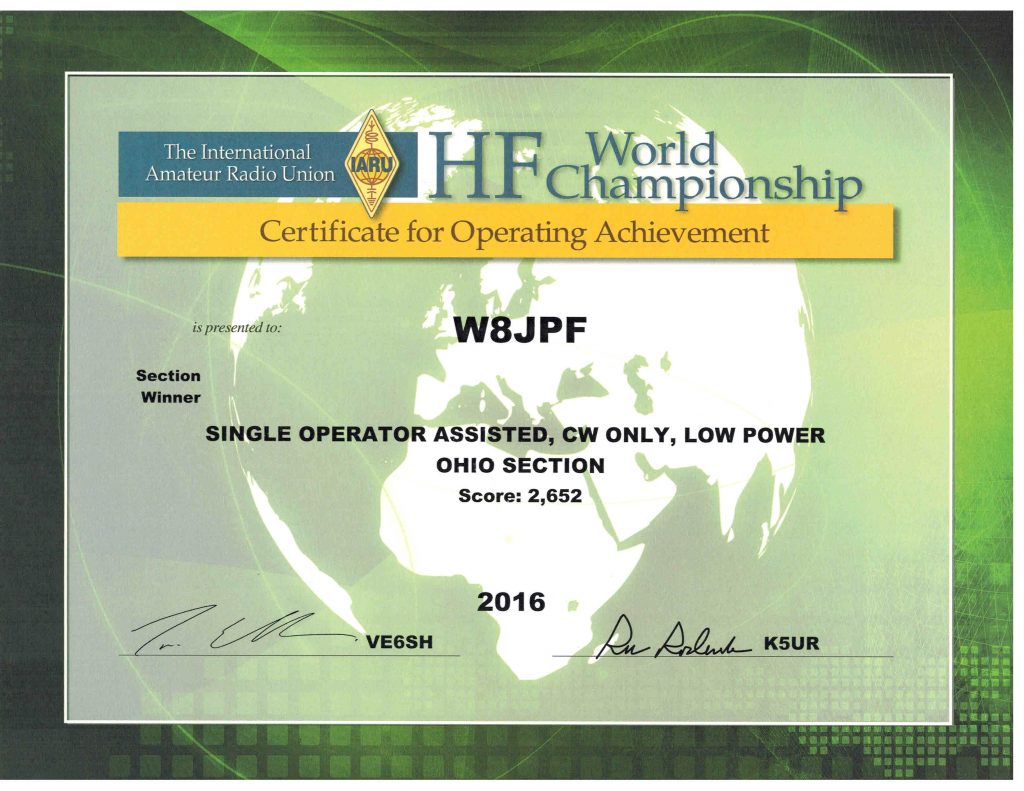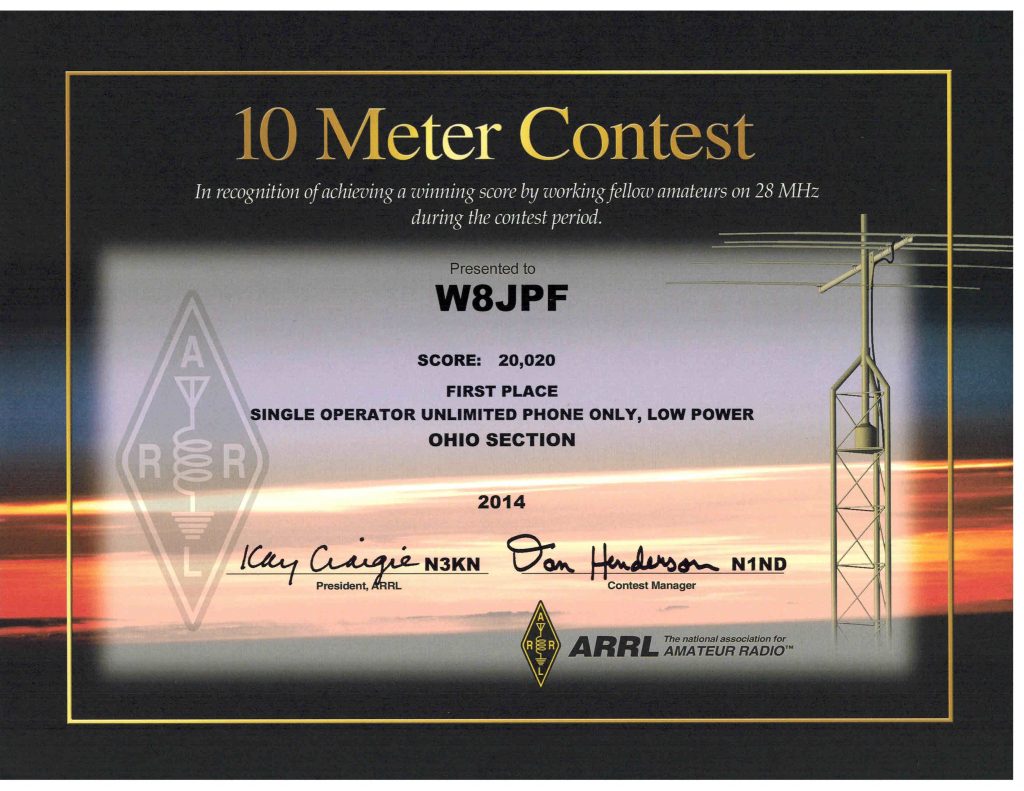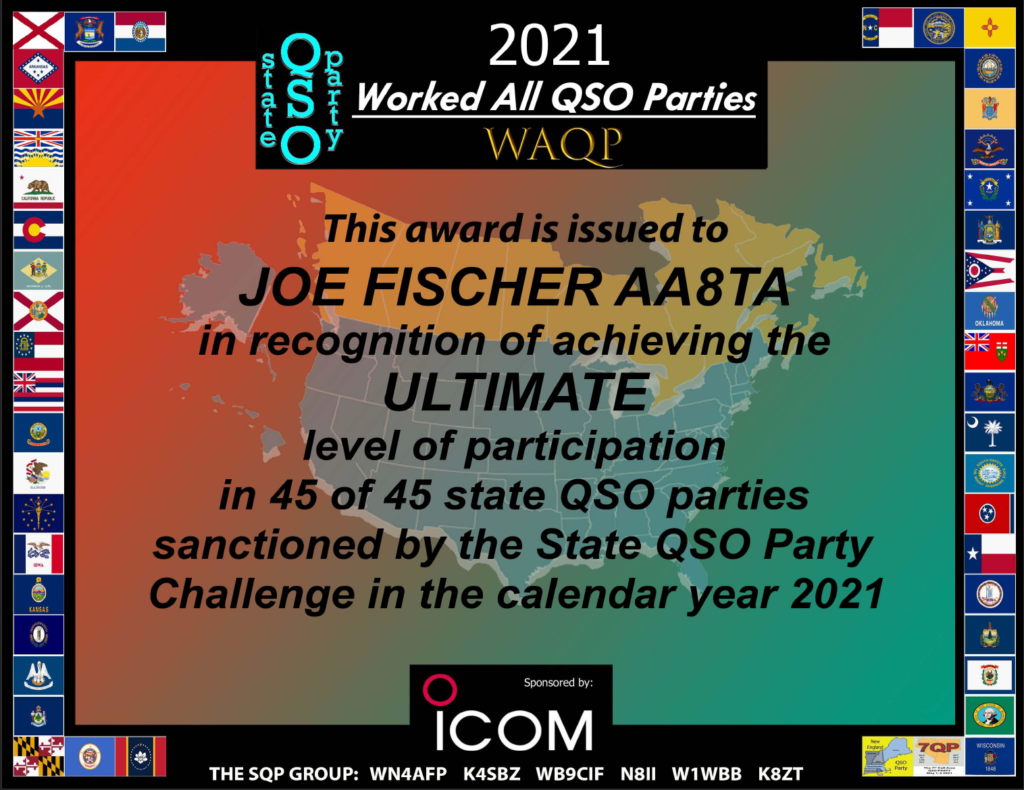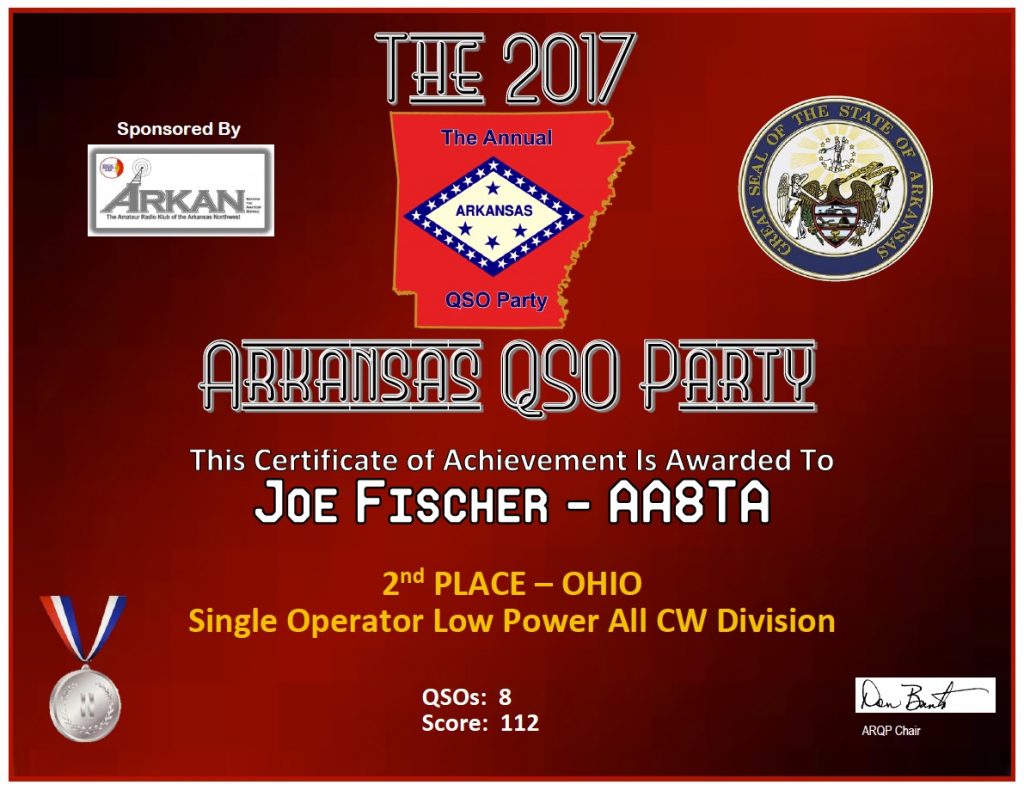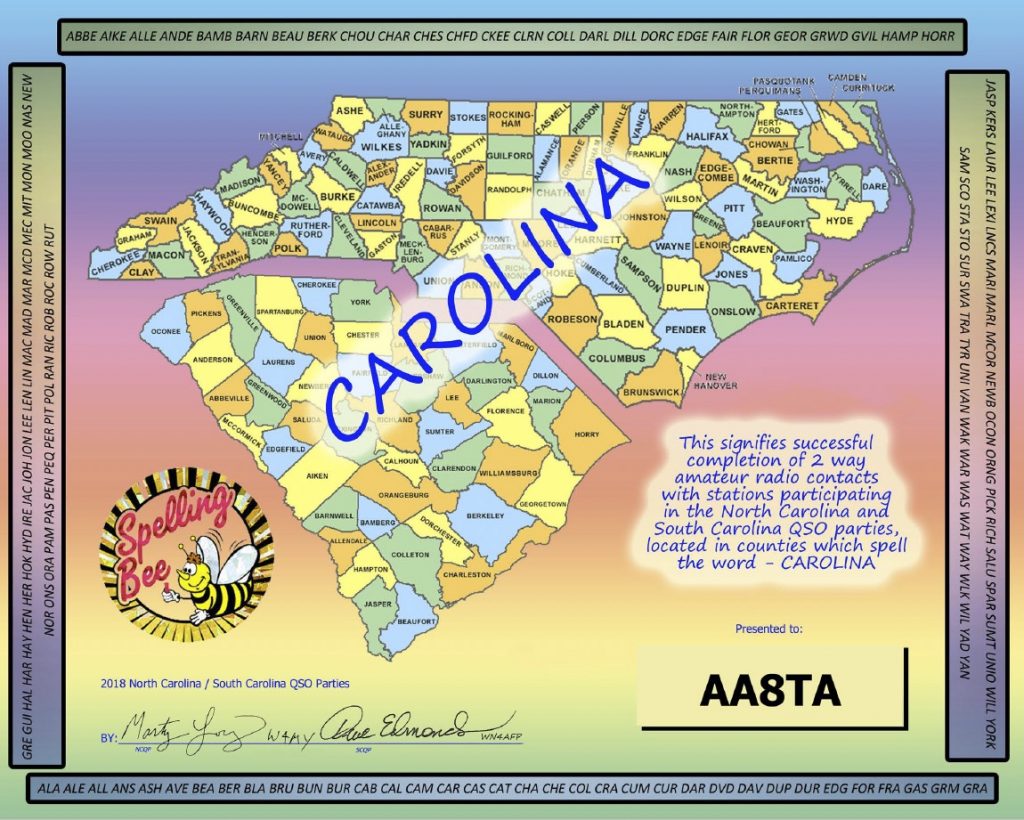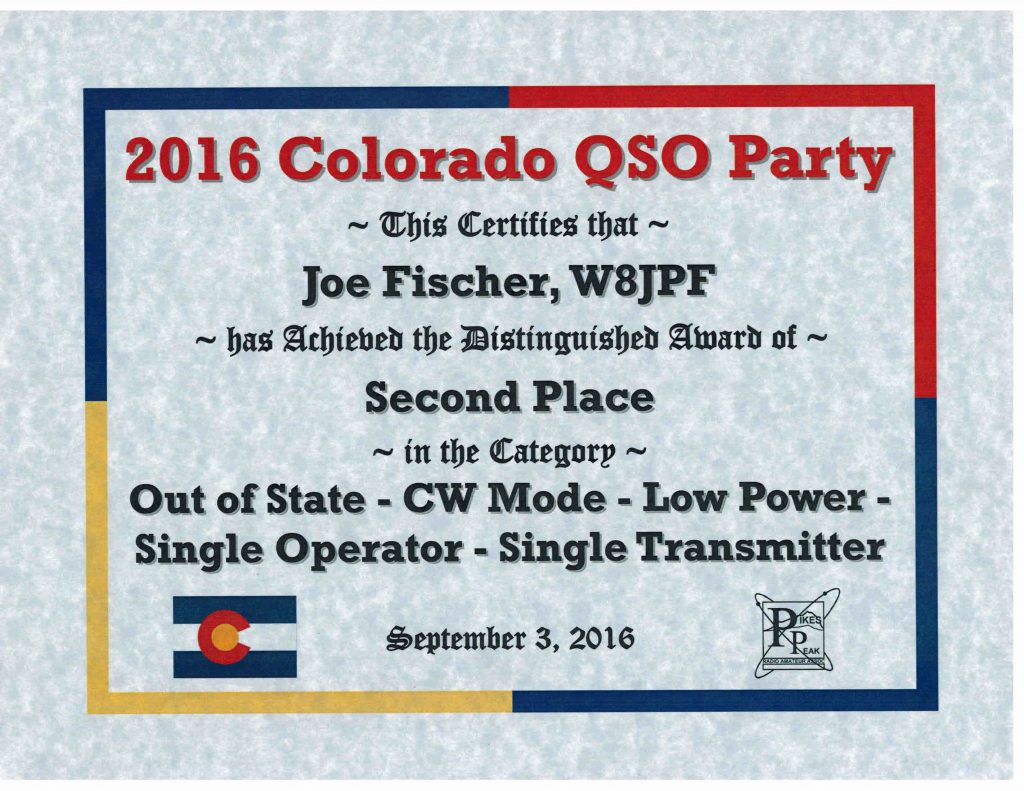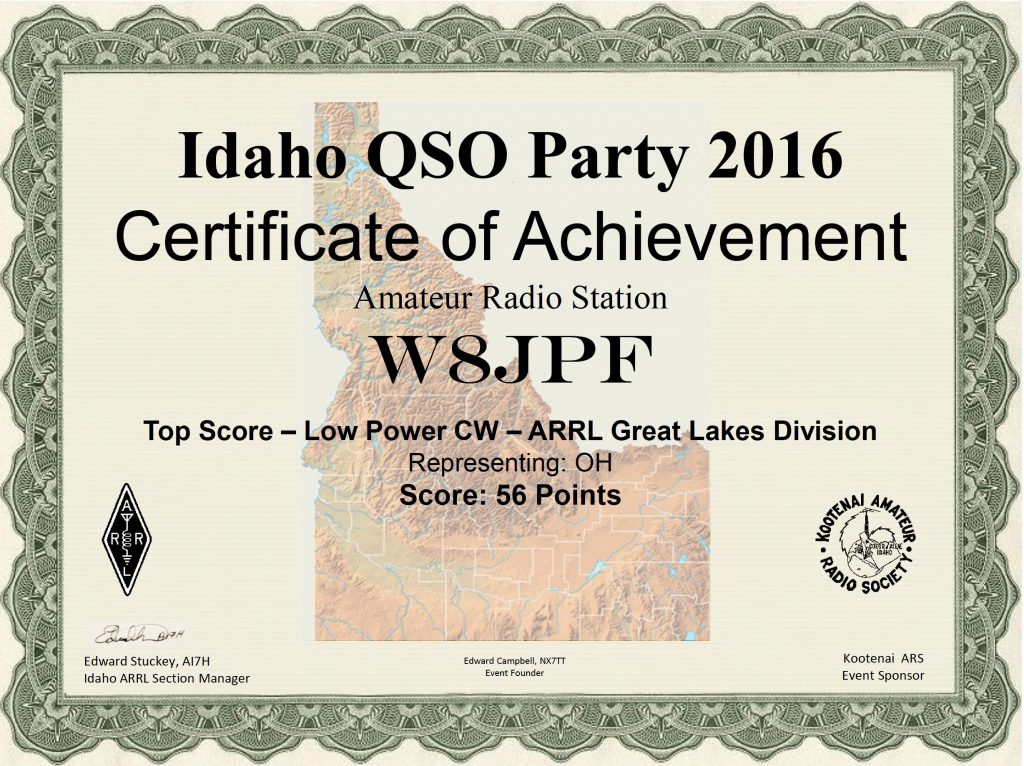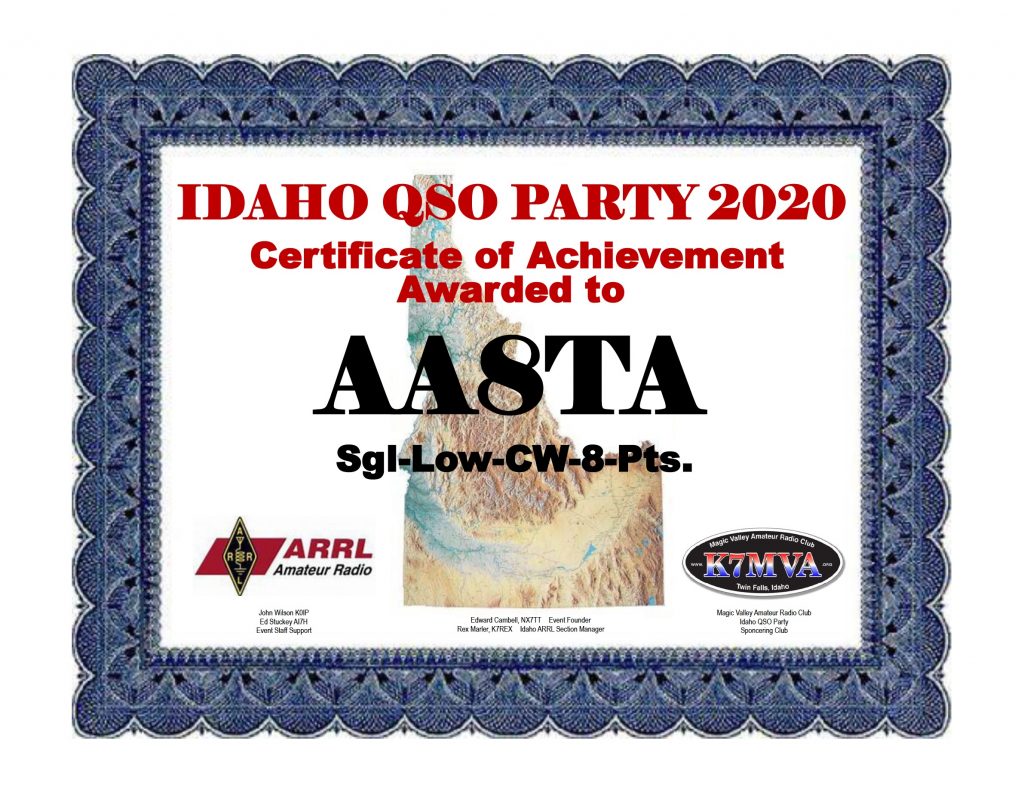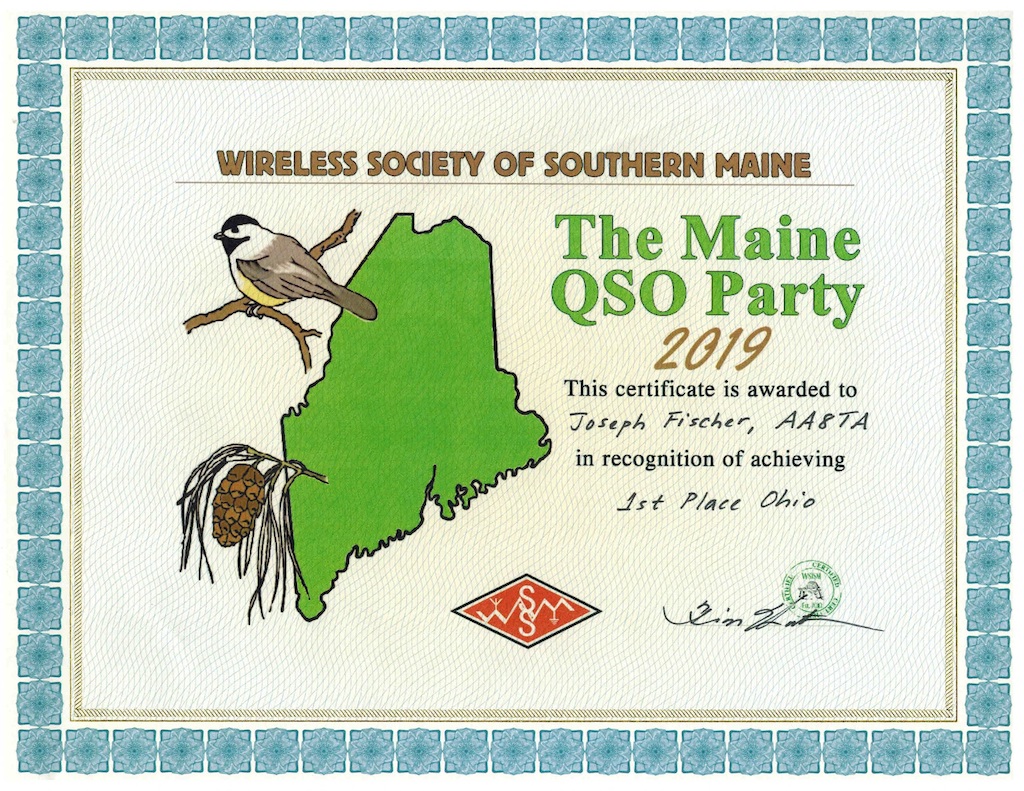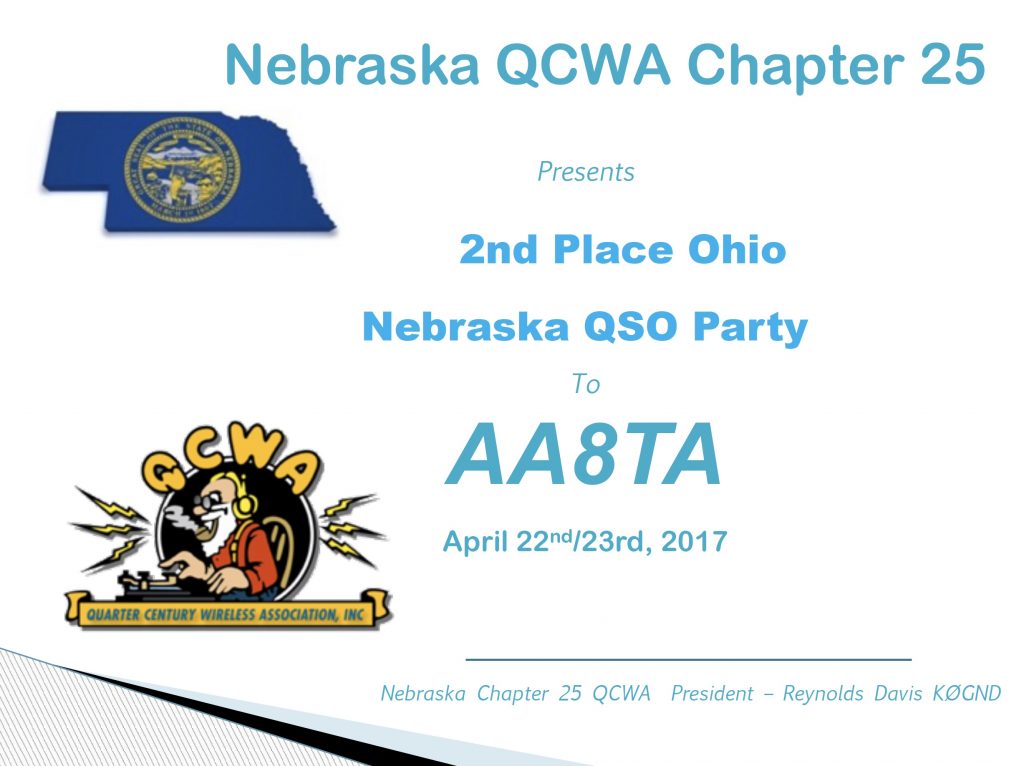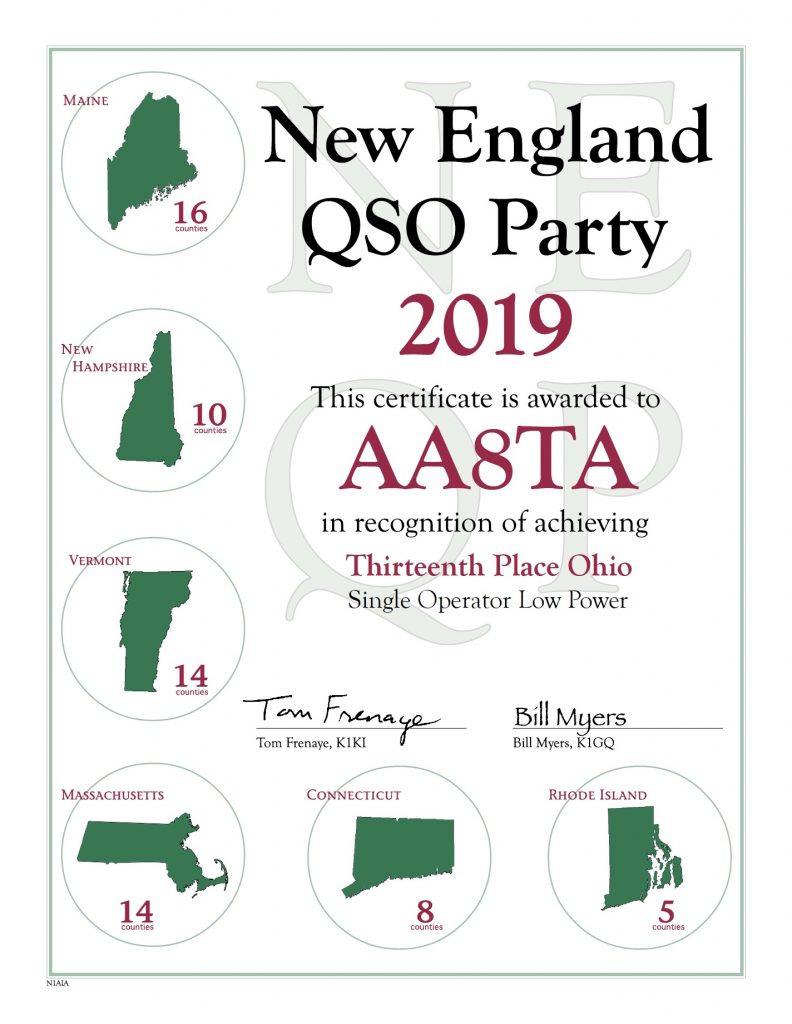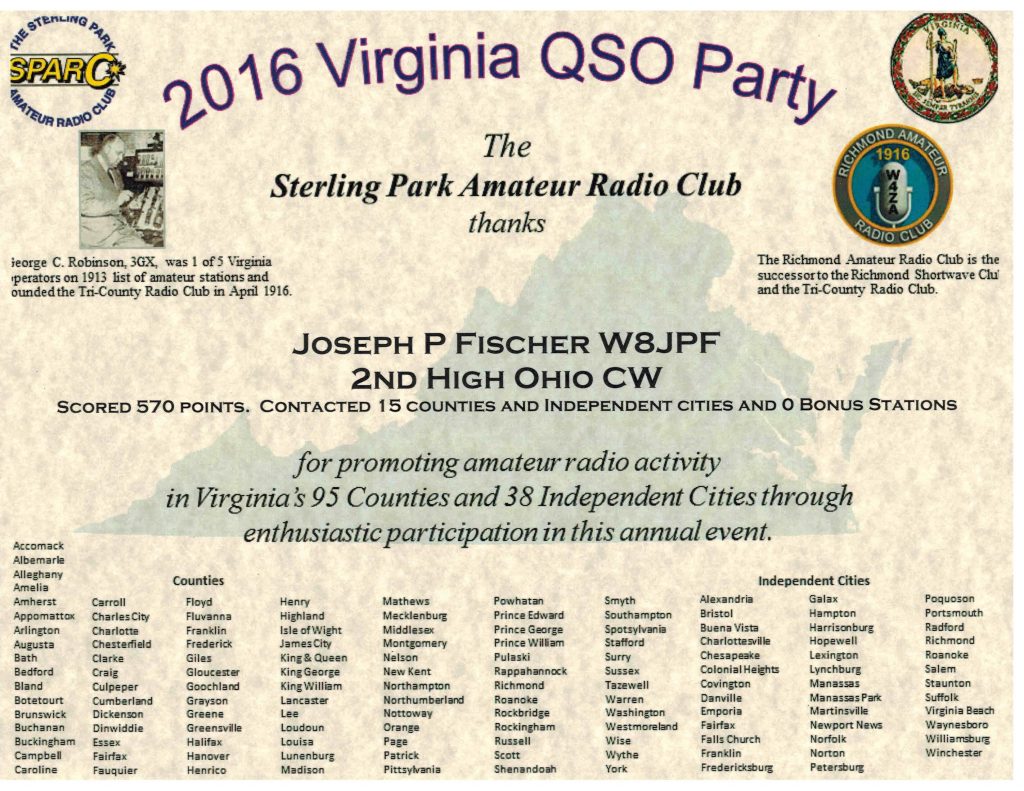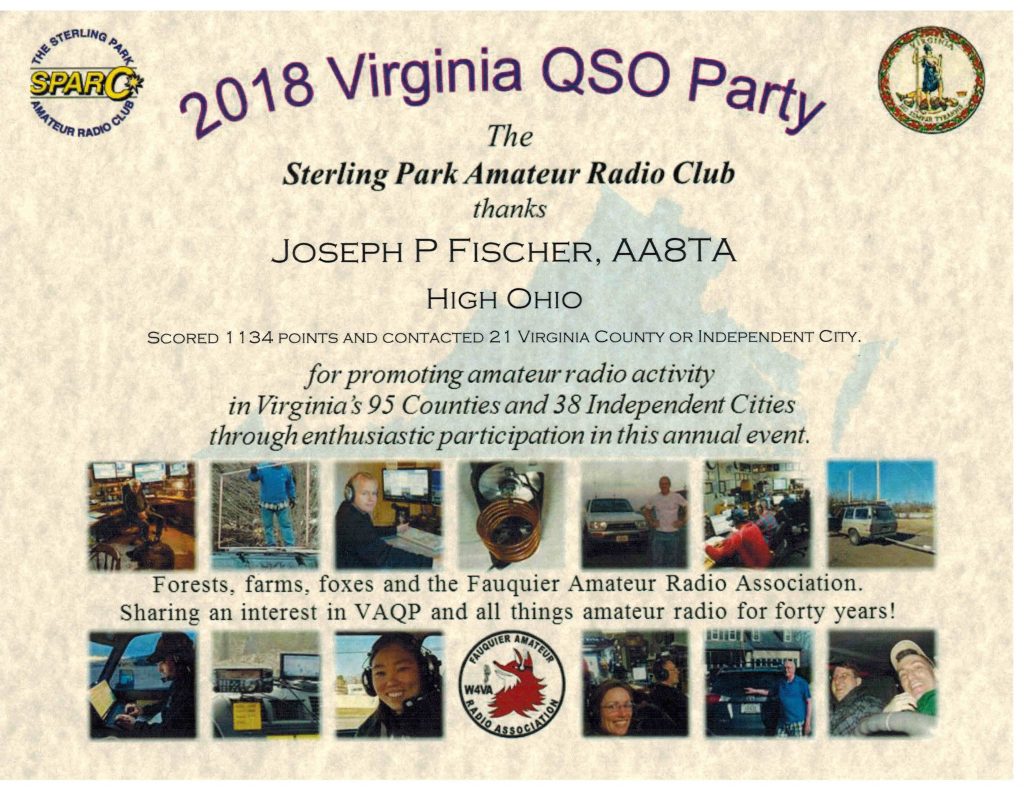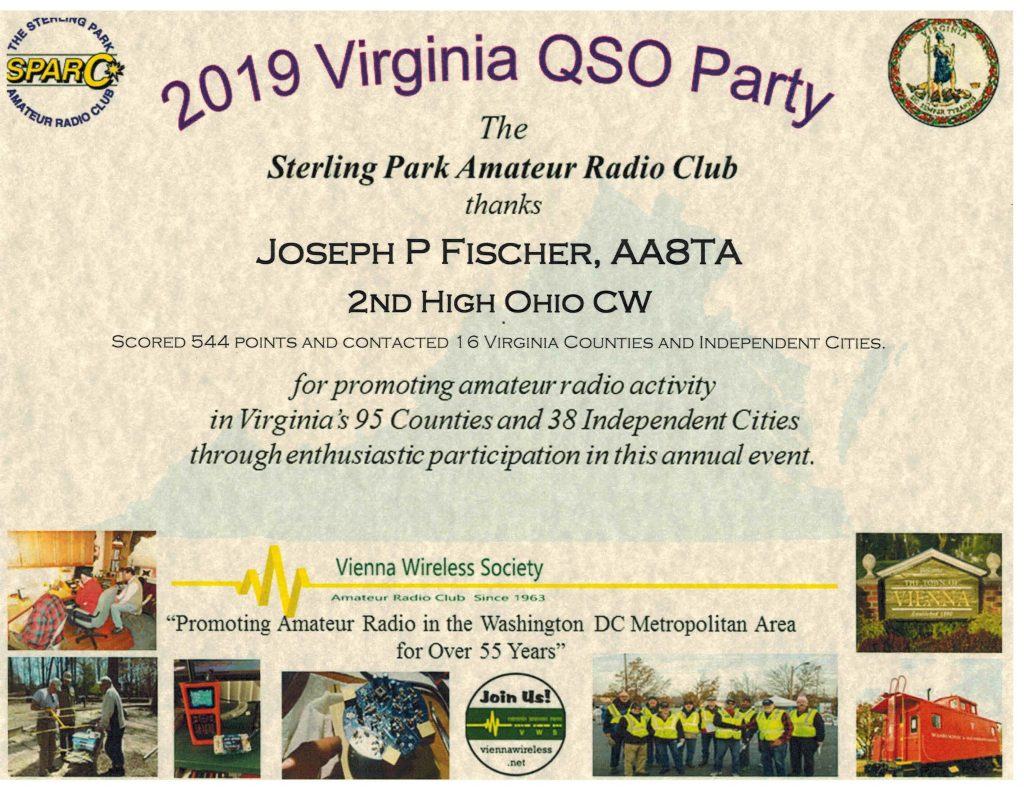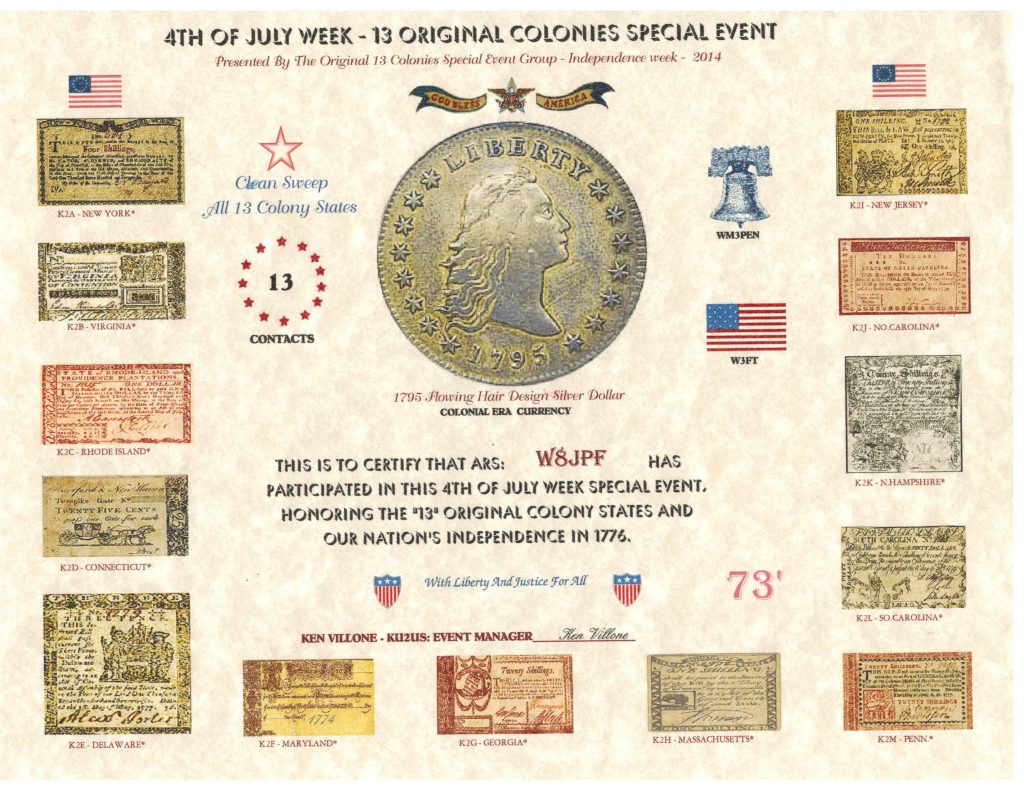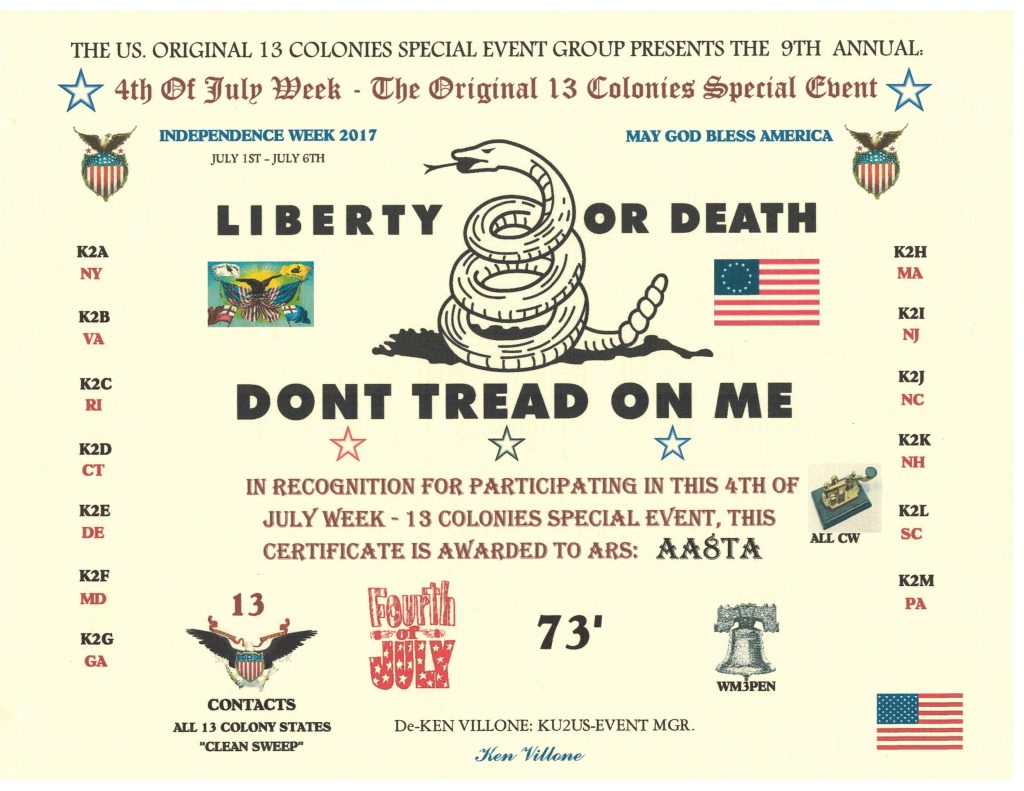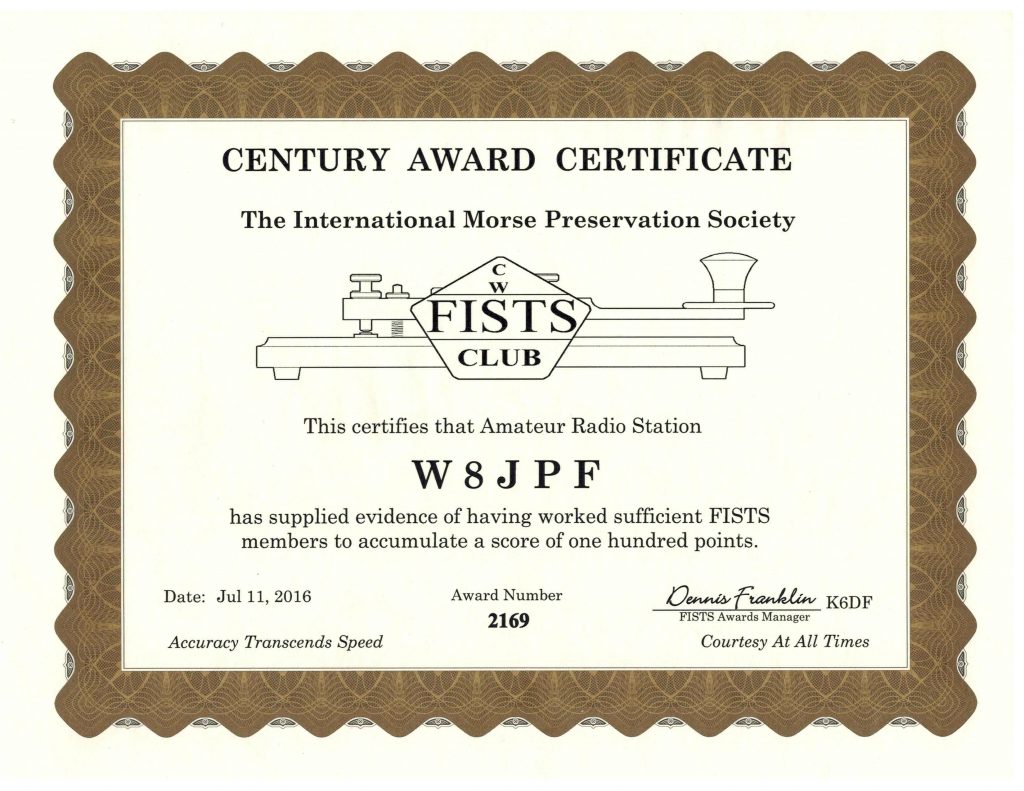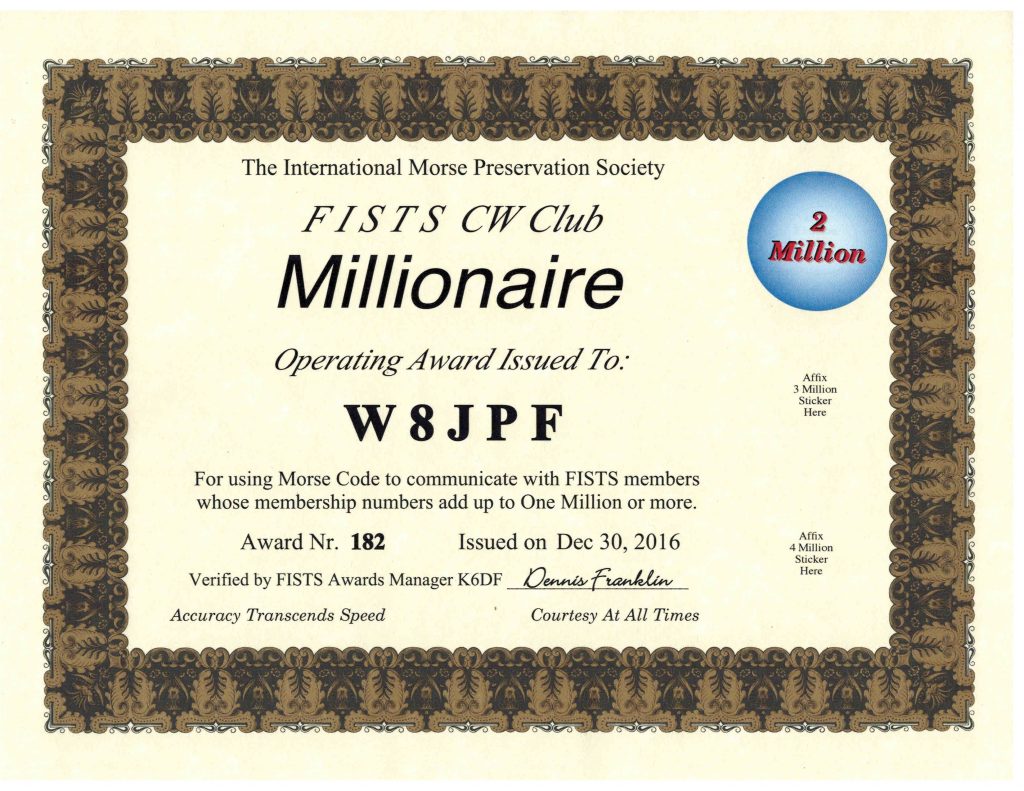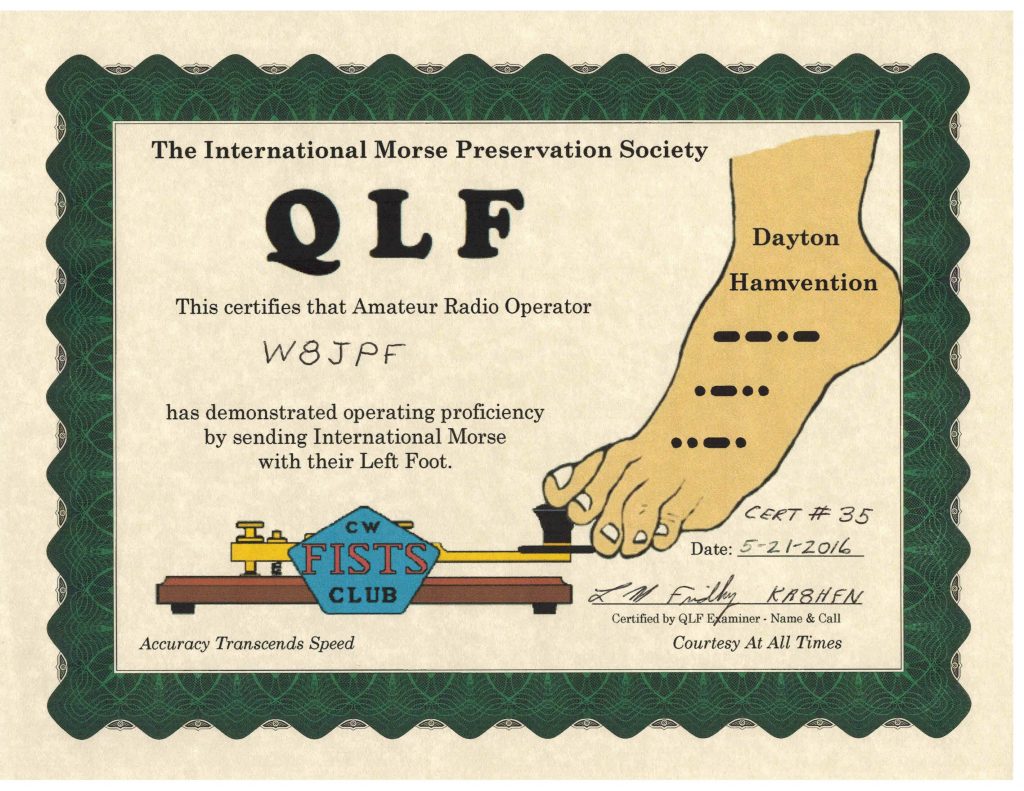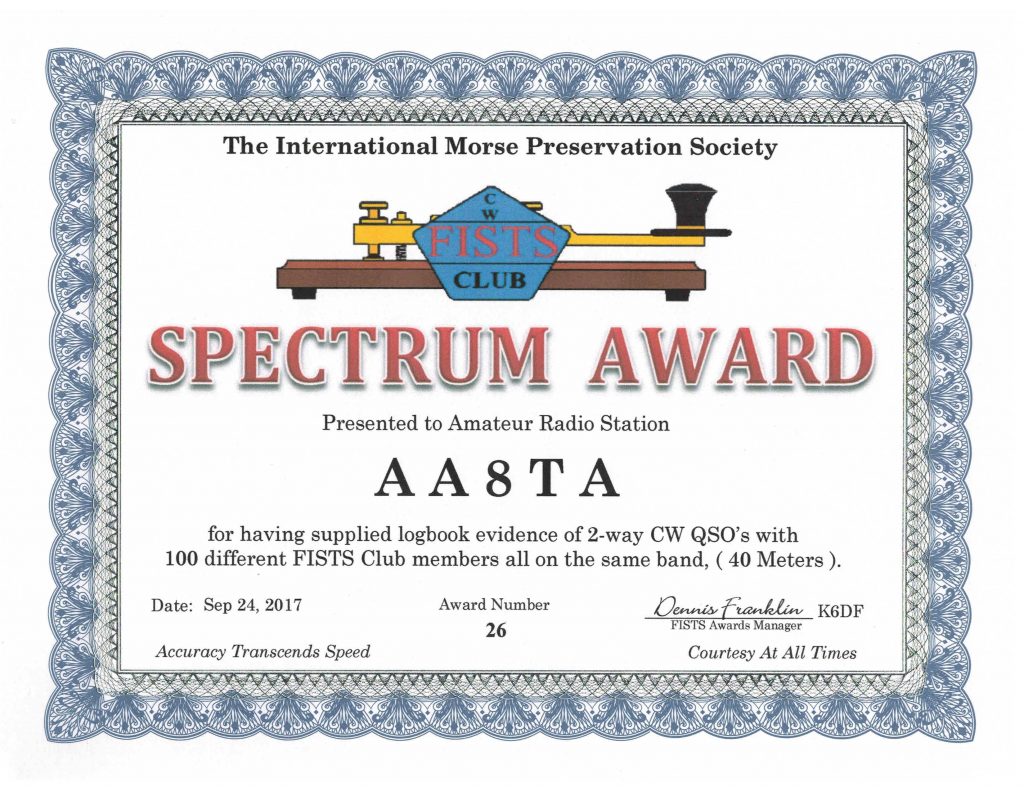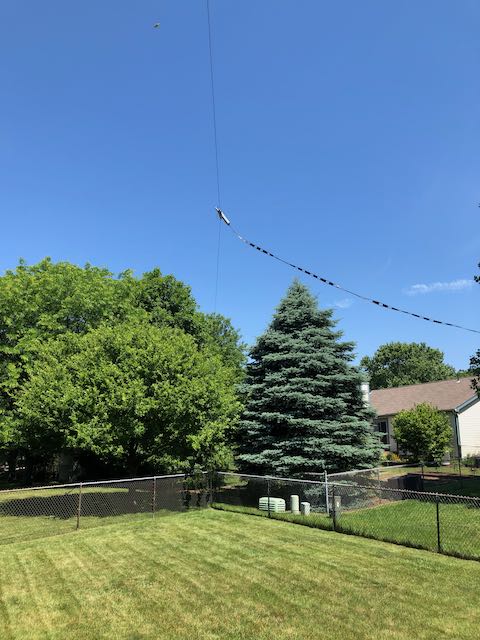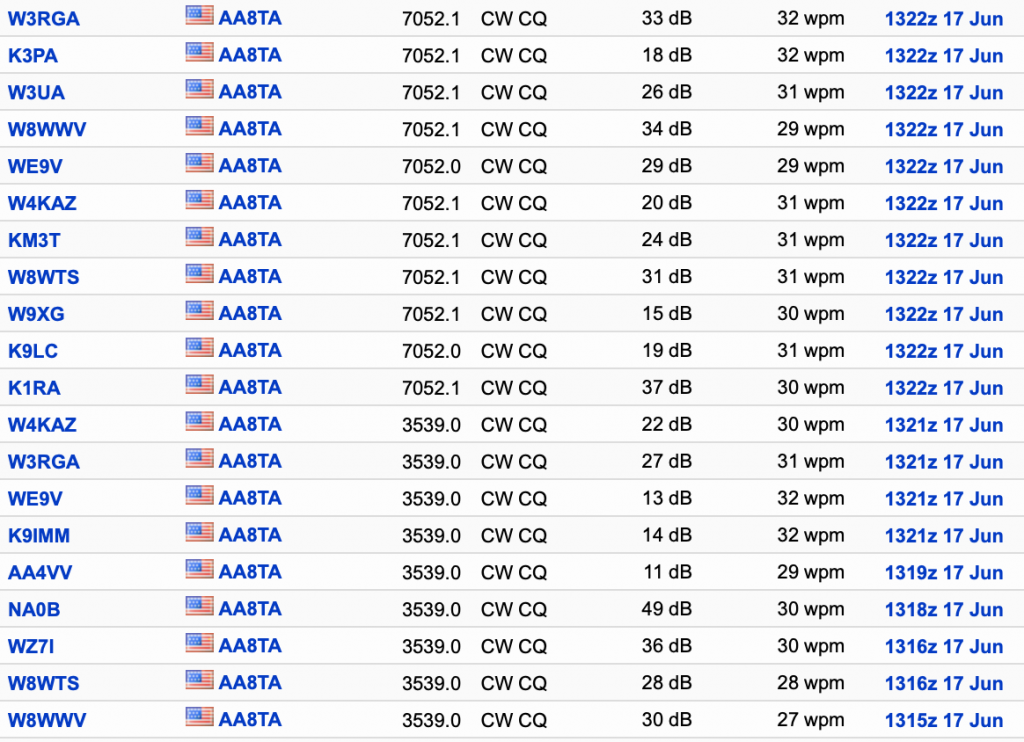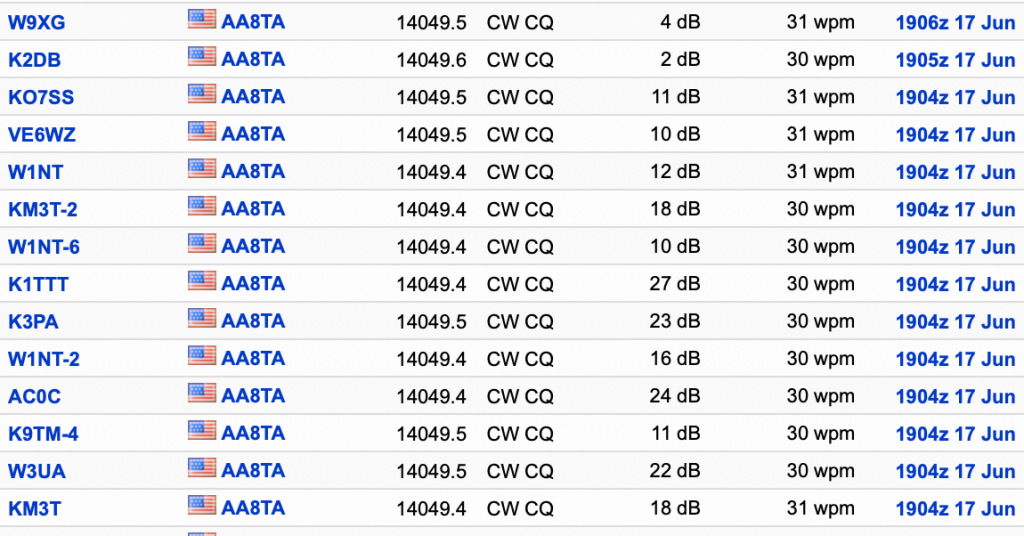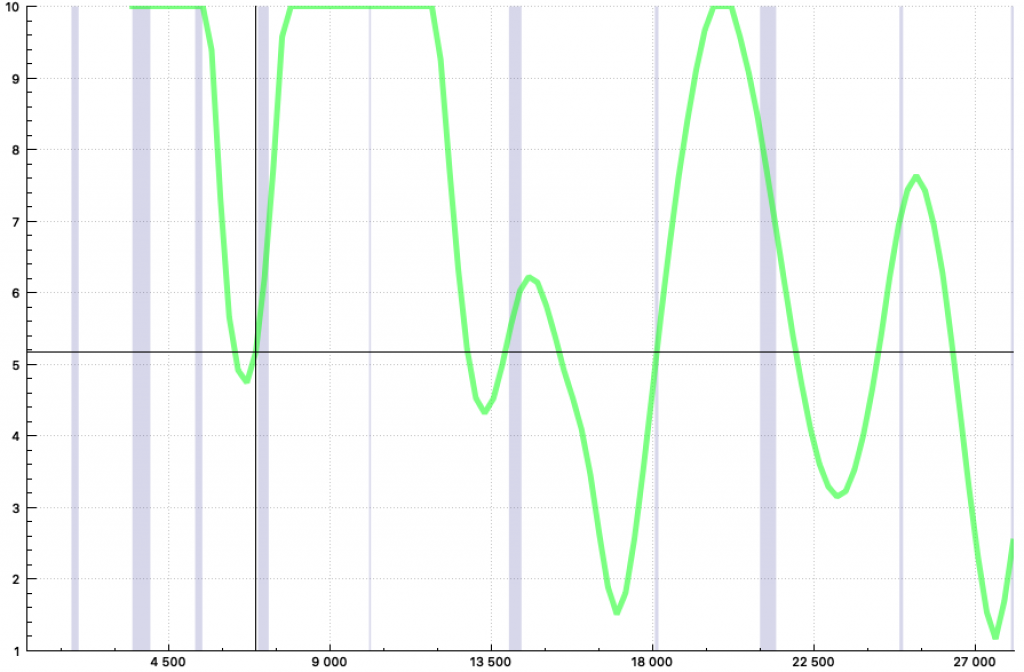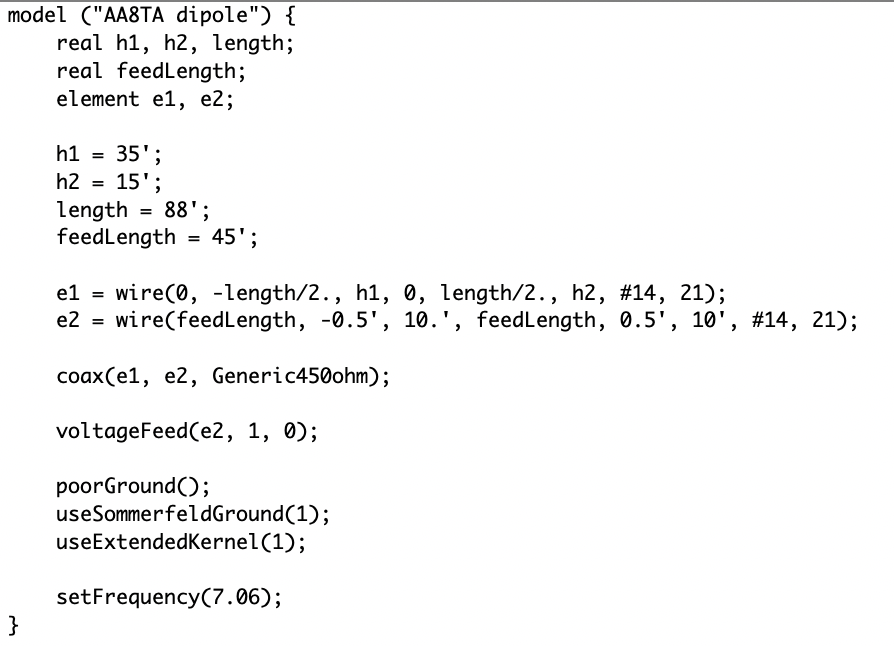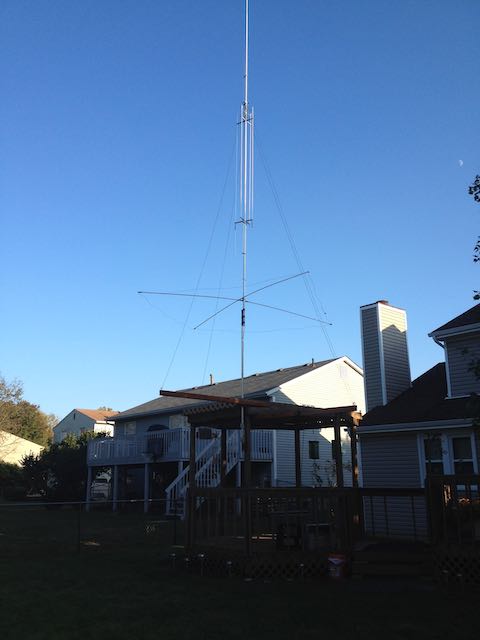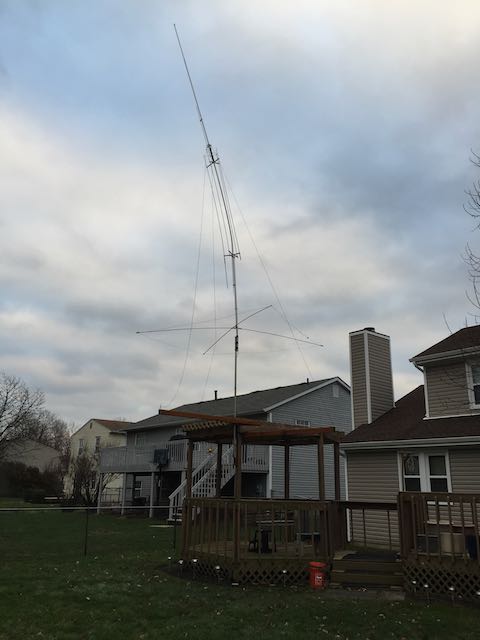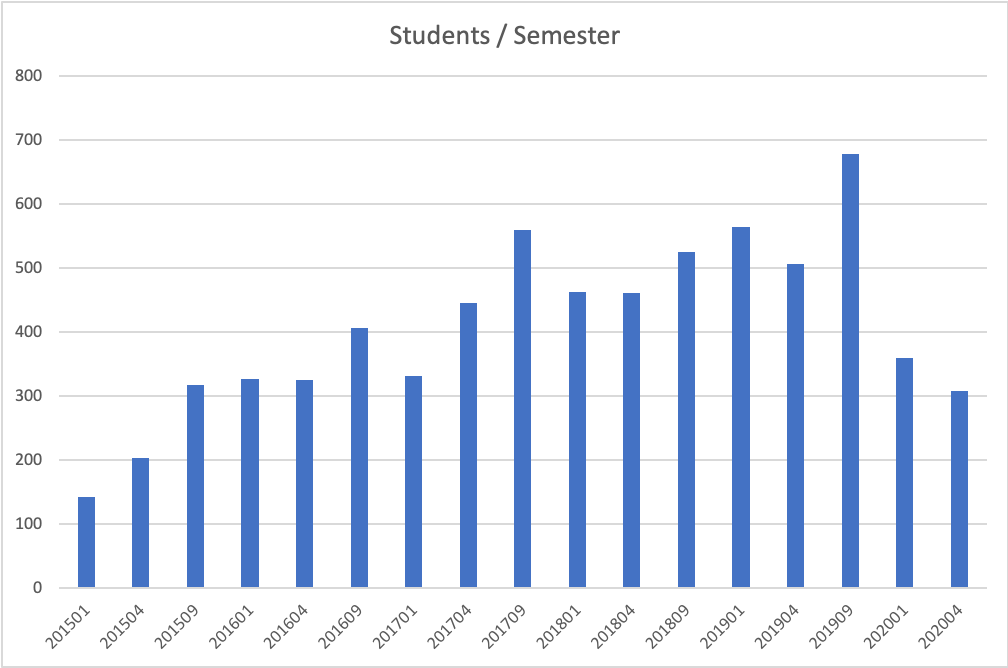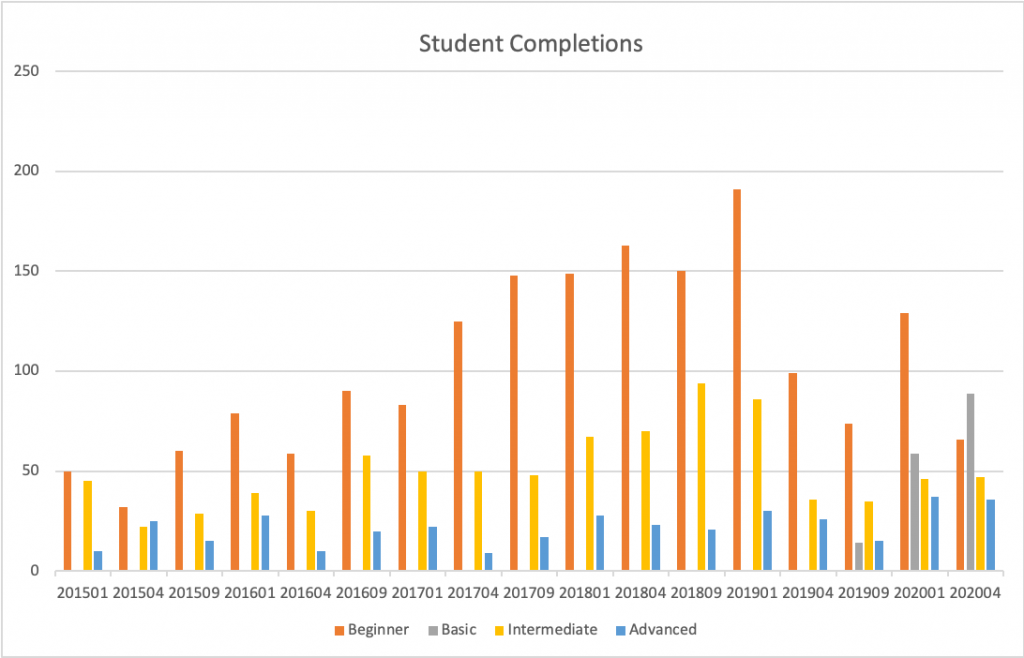I am starting my fifth year as an advisor and will soon start my third year as one of the CW Academy managers and have seen a lot of things through those experiences. What I offer here is my experience and not necessarily what other advisors have experienced. I have discussed my observations with some other advisors and they have helped to form my thinking. So here goes…
The CW Academy effectively has two major groups: the fundamental group — beginner and basic students — and the upper group — intermediate and advanced students. Years ago, we had Levels 1, 2 and 3, which are now called beginner, intermediate and advanced. Many advisors recognized that there was a significant gap between Levels 1 and 2 and many students had difficulty bridging that gap. The Level 2 Prep class was formed and became our basic class after all the levels were renamed. The hope was that there would be an easier transition to the intermediate level.
A couple of years ago, I faced the challenge of not having enough basic advisors because of the high demand by students for that class. For 2021, we are seeing at least as many, if not more, students signing up for a basic class compared to the beginner class. Back then, my fear was that we would be swamped with students at the intermediate level with nowhere near enough advisors to handle the demand. Then a short time later, the same thing would happen at the advanced level.
Plenty of time has gone by for that scenario to play out, but… it has not happened. I am mystified by why this is and, apparently, I am not the only one wondering about that. After discussing this with some wise advisors — they probably are all wiser than me — and thinking about the students I have had, a few conclusions have been formed.
First, the CW Academy is not easy — there is a lot to learn and do in eight weeks. The Long Island CW Club has come along and developed a very popular CW learning environment that is more relaxed than ours. Many people contrast them to us and put the CWops CW Academy as the elite learning option requiring a higher degree of commitment. Whether that is all true is debatable but perceptions can be hard to overcome. Another situation is what the students are trying to accomplish.
I was surprised that most of my students have no interest at all in contesting. In fact, contesters seem to turn off many rookie CW operators from even considering it. Our own Wednesday CWTs are a good example: everybody flying along at 35 WPM or faster. When a major CW contest takes over a weekend, same thing. People listen to those events and conclude that they will never be able to handle those incredible speeds. Sounds like me a few years ago. So strike one: “there is no need to go faster than 15 WPM since I have no desire to be a contester.”
Many people are just curious about CW and want to add CW skills to their toolbox so that if FT8 is boring some day, then they will see if they can make a CW contact. If CW is not high on their list some day, then they will do voice. Maybe they go out to a park, which many do. With primitive equipment and antennas, high-speed CW operating is not possible. Anyway, most of the people they contact will not be able to handle more than 20 WPM, with most way slower than that, so why bother trying to go faster? Strike two.
Building CW skills takes time. It also takes constant commitment which is hard for many people to do. They are fine with an occasional CW contact, if one can be found, but there are so many other competing interests. Somebody in North America can pick up their DMR-equipped handheld and talk to somebody else in Europe. That might be more exciting than tuning around 40 meters and hearing just static and calling CQ for ten minutes with no responses. Or, somebody does respond but insists on sending too fast. In fact, how does amateur radio in general compare on the interest scale to YouTube videos? Strike three.
The commitment level of students must increase as they go through the CW Academy. The students who do tend to be ones who enjoy a challenge and there is also a significant group of students who enjoy the comradery of fellow students. Frequently, a group of students will form a tight bond with each other, usually because one of them becomes a leader, and the whole group decides advancing through the CW Academy is what they must do. There are students who see or know somebody, perhaps a former student, who makes CW seem so effortless and who seem to have so much fun with it. That is infectious and some students want to experience that as well. We are definitely here for those students.
For the less inclined students, it is a challenge to overcome some of the strikes against them and us as far as advancing goes. Many will simply not decide to go any further than the fundamental group because they see no point. One could probably ask a guitar instructor how many students learn enough to be somewhat competent on a guitar but never go further. He or she might notice the same things we do. Same thing with many other endeavors that do not involve getting paid. Reaching higher levels in almost anything requires serious commitment and time and some people will not want to, or be able to, do that. But, one might ask, why do so many people go out to golf courses and spend so much time and money on something that will never get them to the Pro circuit? Is there something about golf that we are missing?
As advisors, we should recognize these things and try to encourage students to enjoy the challenge and help them to see the fun possibilities. Even though the bands are dead much of the time and high-speed CW erupts at various intervals, students can be told that fun is out there and that they should enjoy learning something new and being proud of whatever achievements they make. Keeping a positive attitude going is probably the most important thing an advisor can do.


